




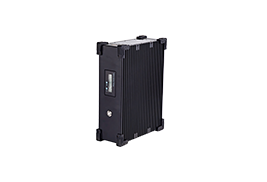
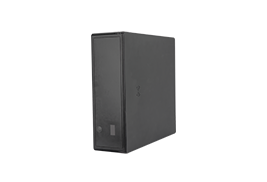
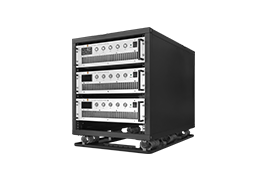
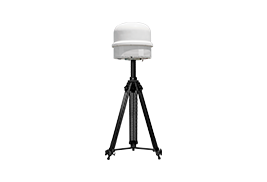
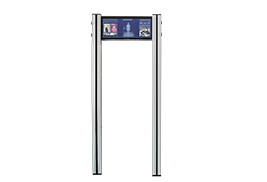
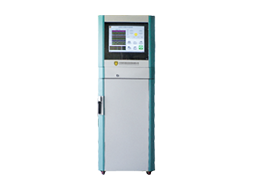


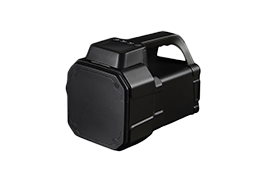
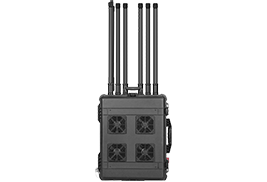
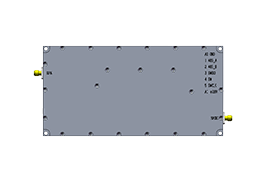
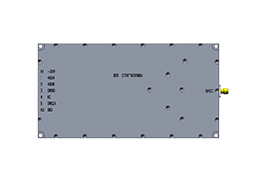
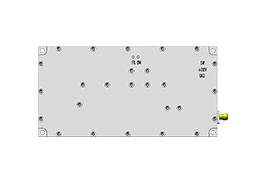
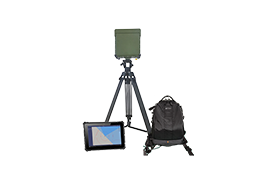
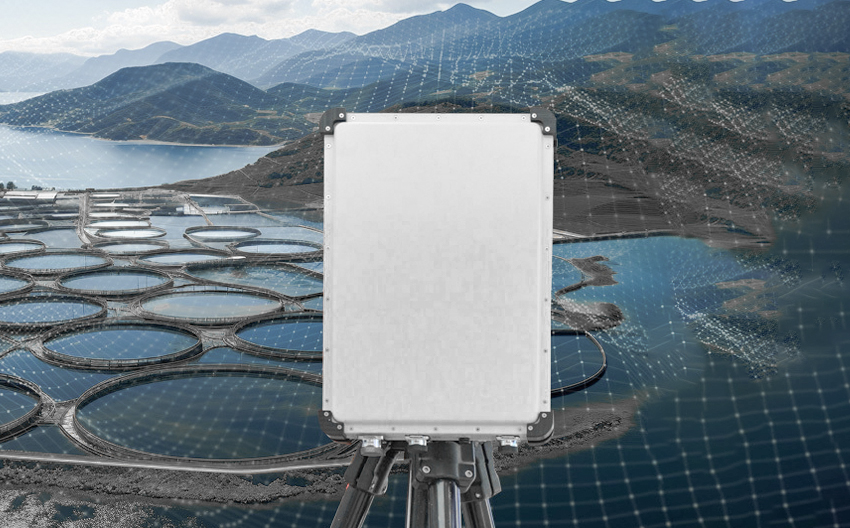
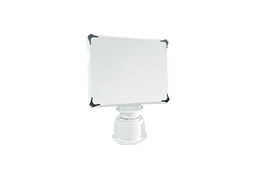
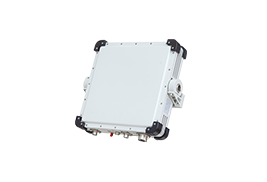



 X
X







 GLOBAL / ENGLISH
GLOBAL / ENGLISH

Defense Strategy: Vehicle UAV detection equipment + UAV full band interference defense system

Below are the key defensive advantages of such integrated systems.
1. Comprehensive Coverage
The vehicle-mounted UAV C-UAS system can be deployed in various environments, including public events, military bases, border security, valuable goods transportation, and research facilities, providing a portable and flexible solution. This mobility ensures that the defense system can cover a wide range of locations, offering protection where fixed installations might be impractical.
2. Early Detection
UAV detection equipment typically uses advanced radar, RF scanning, and optical sensors to identify UAVs from a considerable distance. Early detection is crucial for effective defense, allowing enough time to assess and respond to potential threats.
3. Full Band Interference
A UAV full band interference defense system can jam communication signals across all frequencies used by UAVs. This capability is essential for disrupting both commercial and custom-made UAVs, which might use a variety of frequency bands for control and navigation.
4. Versatility and Adaptability
Vehicle-based systems can be quickly repositioned based on emerging threats or changes in the security landscape. This flexibility is advantageous for events, temporary installations, or rapidly changing environments.
5. Layered Defense Strategy
Combining detection and interference provides a layered defense strategy. Detection systems identify and track UAVs, while interference systems can neutralize them by jamming their communication and navigation signals. This multi-layered approach increases the likelihood of successfully mitigating UAV threats.
6. Integration with Other Defense Systems
These systems can be integrated with other security measures, such as surveillance cameras, automated threat response systems, and communication networks. This integration enhances overall situational awareness and coordinated response efforts.
7. Scalability
Vehicle-mounted systems are scalable, allowing for the deployment of multiple units to cover larger areas or high-risk zones. They can be used in conjunction with stationary systems for comprehensive coverage of critical infrastructure.
8. Operational Efficiency
By leveraging automated detection and jamming technologies, these systems reduce the need for continuous manual monitoring and intervention, freeing up security personnel to focus on other critical tasks.
9. Cost-Effective Solution
Deploying vehicle-mounted systems can be more cost-effective than establishing numerous fixed installations, especially in large or varied geographical areas. The mobility of vehicle-mounted systems reduces the infrastructure costs associated with fixed installations.
The necessity of building a counter-drone defense system in public industries lies in its ability to effectively enhance public safety. The rapid development of drone technology has led to its application in various fields, but it also brings potential security risks. In public places such as squares and scenic spots, drones may be used for illegal activities such as surveillance and terrorist attacks. Therefore, establishing a comprehensive counter-drone defense system is key to preventing these risks.
By deploying advanced counter-drone technologies, illegal drone activities can be detected, tracked, and interrupted. These systems typically include radar, RF detectors, and other sensing technologies, enabling rapid response to drone intrusions and measures to stop further actions. Additionally, the integration of counter-drone equipment can enhance emergency response mechanisms, ensuring public safety and order.
In summary, establishing a counter-drone defense system can effectively avoid potential security threats and protect the public from drone-related incidents.












